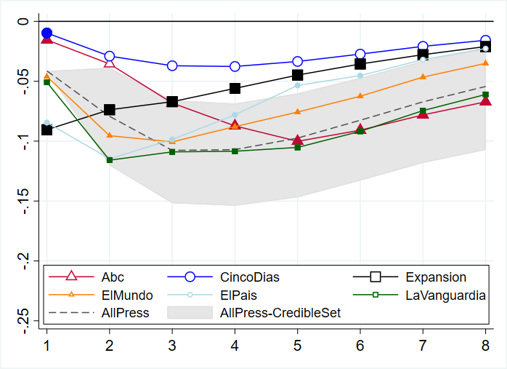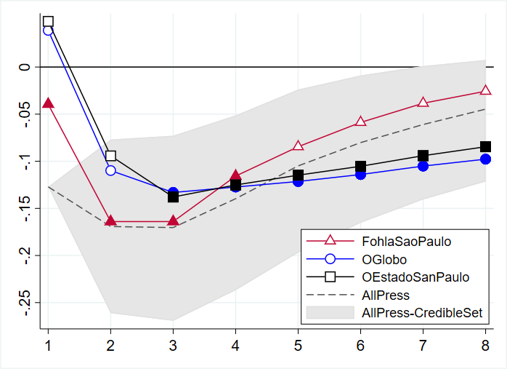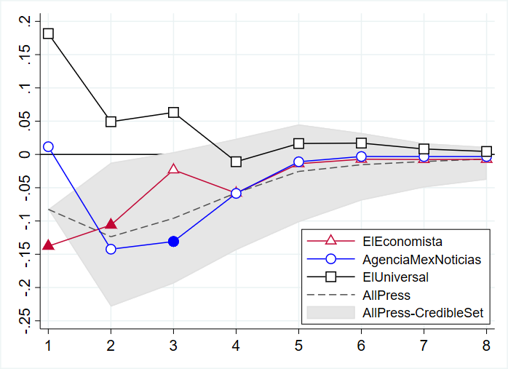References
Andres-Escayola E., C. Ghirelli, L. Molina, J. J. Pérez and E. Vidal. (2022). “Using newspapers for textual indicators: which and how many?”, Bank of Spain Working Paper N. 2235.
Baker, S. R., N. Bloom, and S. J. Davis (2016). “Measuring Economic Policy Uncertainty”, The Quarterly Journal of Economics, 131(4), pp. 1593-1636.
Barrett, P., M. Appendino, K. Nguyen, and J. de León Miranda (2020). “Measuring Social Unrest Using Media Reports”, IMF Working Papers 2020/129, International Monetary Fund.
Caldara, D., and M. Iacoviello (2022). “Measuring geopolitical risk”, American Economic Review, 112(4), pp. 1194-1225.
Mueller, H., and C. Rauh (2018). “Reading Between the Lines: Prediction of Political Violence Using Newspaper Text”, American Political Science Review, 112(2), pp. 358-375.
Ahir, H., N. Bloom, and D. Furceri (2019). “The World Uncertainty Index”, Working Papers 19-027, Standford Institute for Economic Policy Research.










